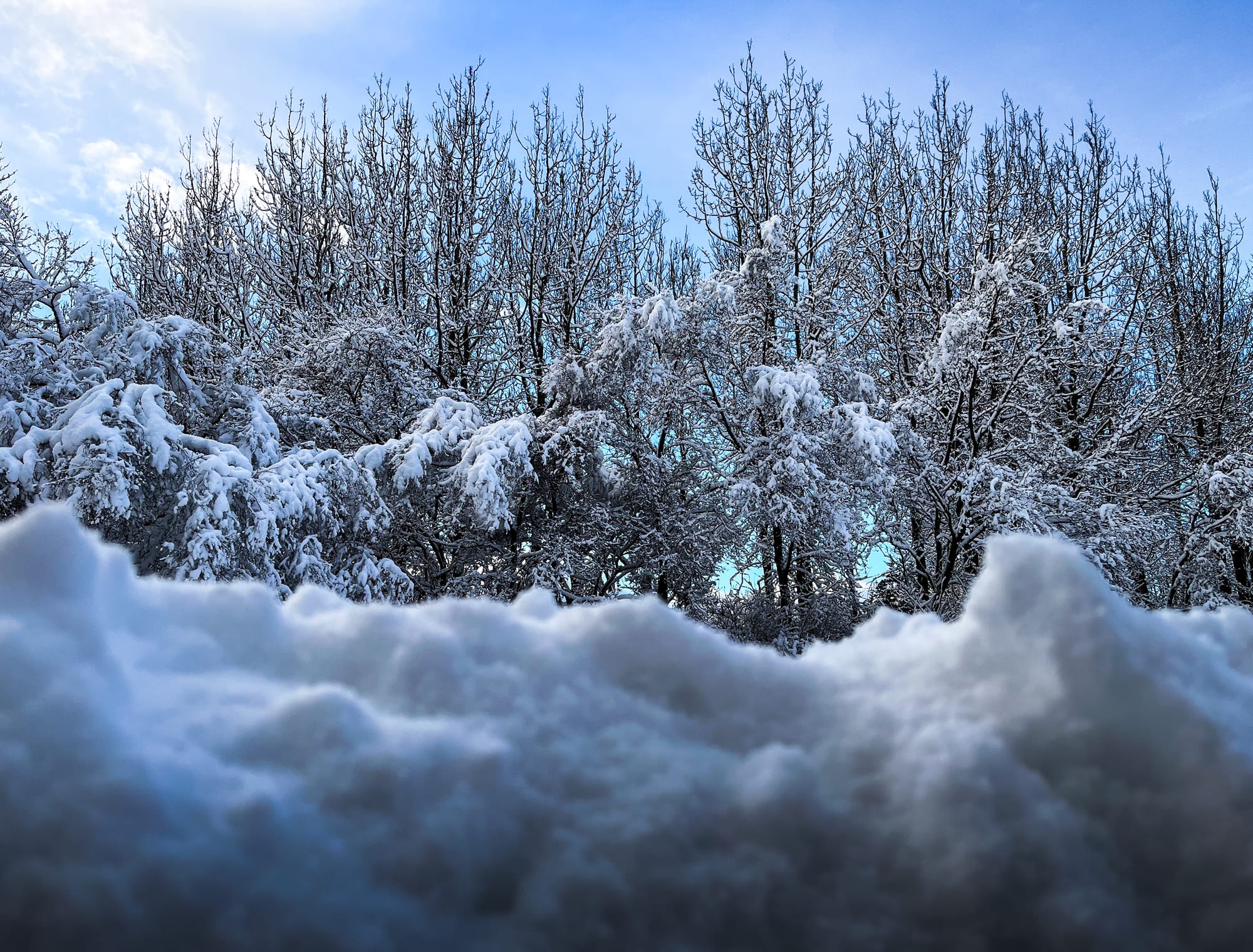Earthshine reader —
It's me (Dazé), and if you've been following this newsletter, you may remember that six months ago, I introduced a transmission with the following statement:
The previous issue diverged slightly from the structure I've been employing, and I feel Earthshine should continue

